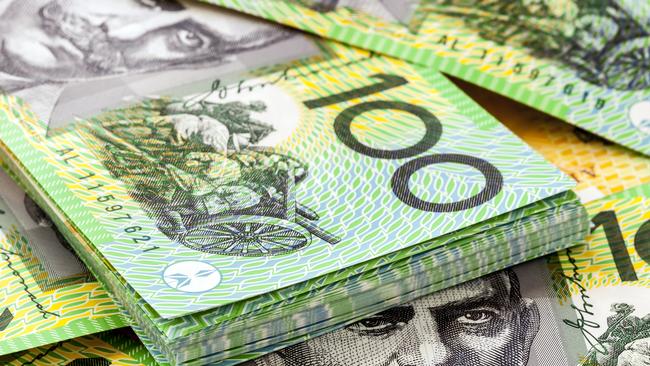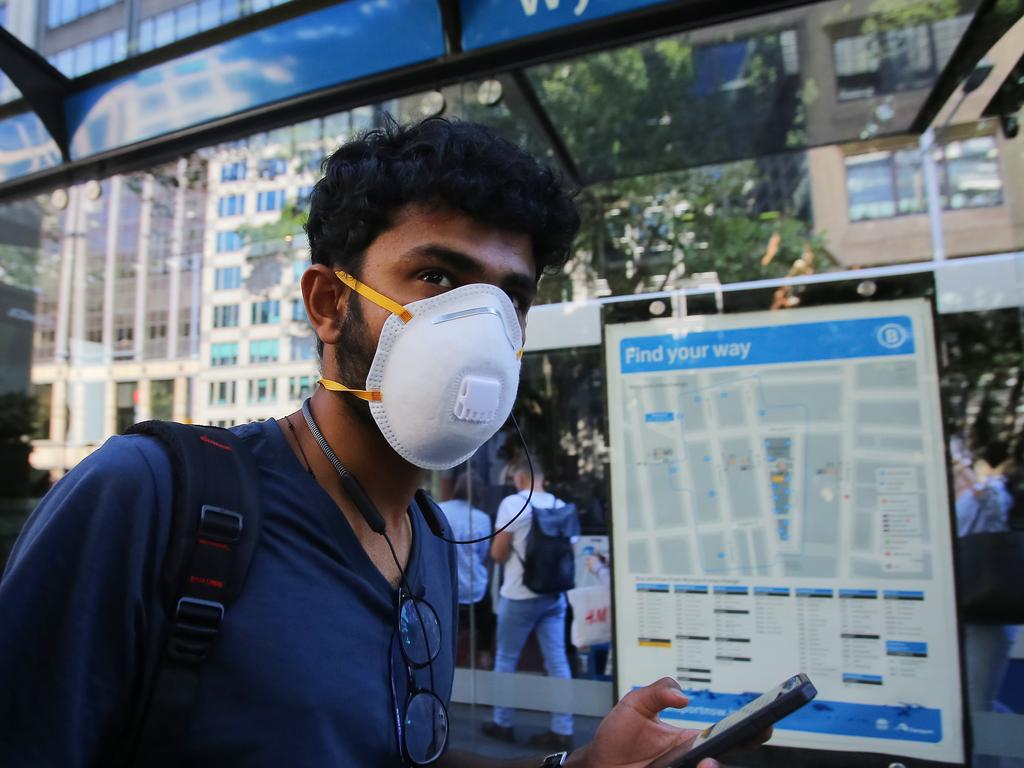Why cash hoarding is on the rise in the face of COVID-19
Where are all the $100 notes going? Reports bank safe deposit boxes are regularly booked out hints at an explanation.

Recent support from the Royal Australian Mint for cash as a payment choice that is resistant to coronavirus, coupled with ongoing cuts to cash deposit rates, have boosted the sector which is notoriously difficult to quantify.
But with reports that safe deposit boxes at the major banks are regularly booked out, the resurgence in physical cash savings would explain one of the biggest mysteries in the money market: where are all the $100 notes?
According to the Reserve Bank of Australia, the $100 note is one of the most common in circulation.
Professor Steve Worthington at Swinburne University suggests: “If we look at the circulation figures we see there are fourteen $100 bank notes out there for every person in Australia..”
But $100 notes are rarely seen in everyday exchange. “That’s because they are favoured by people putting their savings into hard cash — it’s the most popular note for building savings in safe deposit boxes,” says Tim Wildash of Next Payments, one of the key players in the Automated Teller Machines sector.
“Typically people will have envelopes stacked in safe deposit boxes with $1000 in each one,” Wildash explains.
While running against a deeper trend of less cash being used for transactions across society, the revival of cash hoarding is hardly a surprise when set against recent hoarding of everyday goods. Retail data this week showed the biggest ever monthly jump in March when panic buying underpinned a 22 per cent lift in supermarket sales.
Worthington also puts forward the suggestion that among the key reasons people may keep cash in safe deposit boxes rather than bank deposit accounts is to manage savings in a way that retains access to government pensions, which are means tested to specific dollar totals in relation to household wealth.
Ever lower cash interest rates and ongoing fees on bank savings accounts may also be doing their part to swing hard cash outside the system.
Earlier this week the major banks took the scalpel again to savings accounts. Base cash rates at the major banks are now at less than one tenth of 1 per cent — the base rate at big four banks is currently around 0.05 per cent — with rates inching above 1 per cent for savers who take advantage of so-called “introductory” arrangements.
Indeed, according to the research agency Canstar, the top base savings rates in the market just now are 1.35 per cent at Macquarie, 1.05 per cent at AMP and 0.80 per cent at Rabobank — such rates would have been considered absurd even a year ago.
Cash transactions have fallen by around 50 per cent over the last decade and the decline may accelerate with pending legislation that will mean transactions above $10,000 in cash will have to be reported.
Meanwhile, authorities are trying to clarify the virus status of bank note. the Bank of International Settlements, the “bank of banks” based in Switzerland recently supported cash transactions.
In the local market, the Royal Australian Mint has also issued a statement stating: “There is no evidence that either cash or coins spread COVID-19.”
As Wildash at Next Payments suggests: “Cash is sanitised with ultraviolet light, disinfectant sprays and stored for up to two days to ensure it is free of contamination. In contrast, EFTPOS terminals can be used by hundreds of shoppers every day.”








Cash savings — that is, physical cash hoarded in a safe place — is reportedly on the rise as a string of forces combine to move money outside the banking system.